Joe McCulloch | November 8, 2024
 Above: From Umezz' "Prodigy" in Orochi Vol. 2.
Above: From Umezz' "Prodigy" in Orochi Vol. 2.In this essay from The Comics Journal Yearbook: The Best of 2022, former TCJ editor Joe McCulloch explains why he and nine other creators/critics (Ryan Carey, RJ Casey, Cristian Castelo, Helen Chazan, Austin English, November Garcia, Bhanu Pratap, Chantal McStay and Sophie Yanow) placed Orochi in the Top Five.
Orochi: The Perfect Edition Vols. 1–3 (of 4)
Kazuo Umezz
Jocelyne Allen, translator
Molly Tanzer, English adapter
Viz Media, Inc.
Tadashi writes an essay for his junior high school class. “My father is mysterious. I don’t understand anything he does.” His little sister finds a live grenade from wartimes and is grievously injured. At the movies, an old man sits down next to him and whispers in his ear. He tells Tadashi that his father ate human flesh at the Battle of Guadalcanal. The Japanese soldiers referred to their adversaries and racial inferiors as animals, and this dehumanization prepared them well to kill and devour each other. Tadashi is disgusted. His father is kind to everyone these days. But when Tadashi is kind, he is blamed for what the other kids did. “Being alive is hard,” his father tells him. Tadashi grasps his head and screams.
“I’m scared because I have your blood in my veins!”
When Orochi was published in the boys’ magazine Weekly Shōnen Sunday in 1969 and 1970, Umezz and his studio assistants were juggling too many weekly and monthly serials. “I could feel my strength slipping away and thinking, ‘this time tomorrow, I’ll be dead,’” he told the blog Tokyo Scum Brigade in 2009. “I don’t mean that as a figure of speech.” A suite of nine horror stories linked by the presence of a supernatural girl whose interventions upon the human world are in equal parts miraculous and calamitous, Orochi is marked throughout by the circumstances of its production. The scenarios borrow freely from the classics of pop culture and sometimes play out in a contorted manner that suggests improvisation born of necessity. The drawing is often wet with speed; a professional cartoonist since he was a teen in the 1950s, Umezz had spent more than a decade honing his grammar: screaming faces under baggy eyes and small running bodies suspended feet off the ground in mid-scramble. Pictures are language, and everything he says is an exclamation.
Orochi differs from Umezz’s other works. In particular, it focuses on angst, on psychological pain. In Umezz’s cadence, this is both reductive and grandiose: children’s scary comics as recited by a child, overtired and near hysterical. To be enveloped in Umezz is to gawp agog at the total intensity of a child’s fear. Upsetting and irrationally funny, it leaves the reader in a state of glee. In one tale, a teen girl believes she is cursed to become extremely ugly when she grows into an adult. If you are a woman — and you’re ugly — it’s an awful life. Is this a bad thing to say? It doesn’t matter if it is real or not because what is real is the fear she cannot shake. It destroys her life.
Hiroyuki is a horrible brat. He is in kindergarten. He lies all the time, and nobody likes him. One day he comes home from school, looks out the window and sees a neighbor murdering her child — I mean full-throttle, doubled-handed strangling a baby in the crib. It looks like a doll was the reference for the drawing of the baby, which somehow makes it more shocking. What follows is simple: nobody believes Hiroyuki. He is a bad little kid. Even in his tales of monsters, with the supernatural front and center, Umezz insists upon the fundamentals for his young readers. What if you are not growing up into a good place? What if adults don’t have your best interests in mind? How do you know your mom loves you? Maybe she is a liar, like you are a bad little kid.
 Above: From "Prodigy" Umezz' Orochi Vol. 2.
Above: From "Prodigy" Umezz' Orochi Vol. 2.Orochi herself is a delightful character. She is fascinated by people, though she does not always understand them. She has lots of fun superpowers, which accrue by the needs of the plot at any given moment. When Umezz needs to move her off the stage for a few years, he has her hit by a train. If not immortal, she is long-lived, certainly. This opens a unique avenue for the artist. After the war, a well-to-do woman’s infant son is stabbed in the neck by an impoverished home invader. As the boy grows up, his mother sadistically pushes him to get the best grades. He grows into a cold, bitter young man. When the best university accepts him, he confronts his disbelieving mother. He learned the truth long ago. Her child died, and he is the child of the desperate murderer. She stole him as a baby and raised him under extraordinary pressure so he would learn that he is a stupid, poor piece of shit: he will fail. That will be her revenge. That is the Shōwa era after the war. Umezz has cut open his knuckles and is painting the psychological landscape of a nation. The young man stabs his mother and bursts into tears. For all she has done, he loves her.
At the end of this story, Orochi enters and bandages the sleeping family. “I’m sure their wounds will heal,” she says. Reactionaries love stuff like this because it sentimentalizes the violence of the past. Soon, Umezz would cool about reconciliation. Almost immediately after Orochi ended, he scaled back his studio’s operations, so they worked at a human pace: one thing at a time. Masterpieces like The Drifting Classroom followed in which Umezz would dismiss the adult world as irredeemably corrupt, despite the occasional good adult; it would be up to children to salvage anything.
But not just yet.
Tadashi’s father, who ate human flesh and is kind to everyone, suggests the two of them go mountain climbing. Tadashi wonders if he is going to be murdered. Up in the mountains, a snow squall develops. The safety cord snaps, and Tadashi is left hanging off a rope held only by his father, who screams and begs him to try and climb up. Tadashi wonders if he should kill himself.
The girl Orochi stands some distance away, unable to see through the snow, waiting for what will happen.



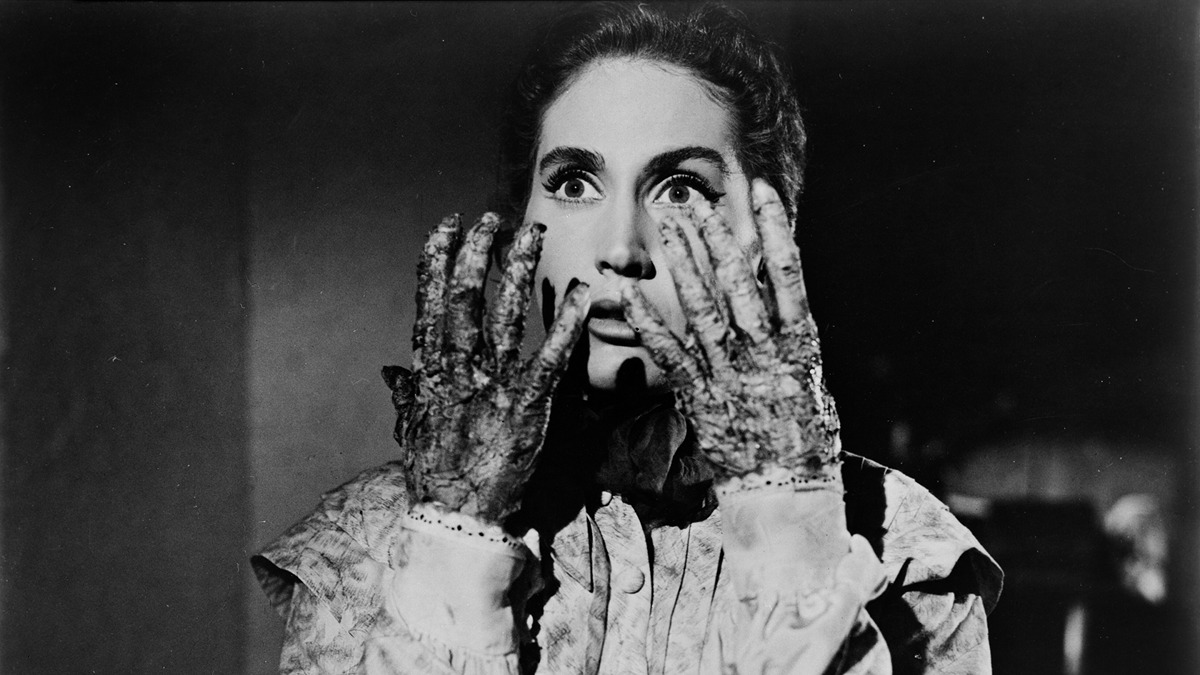
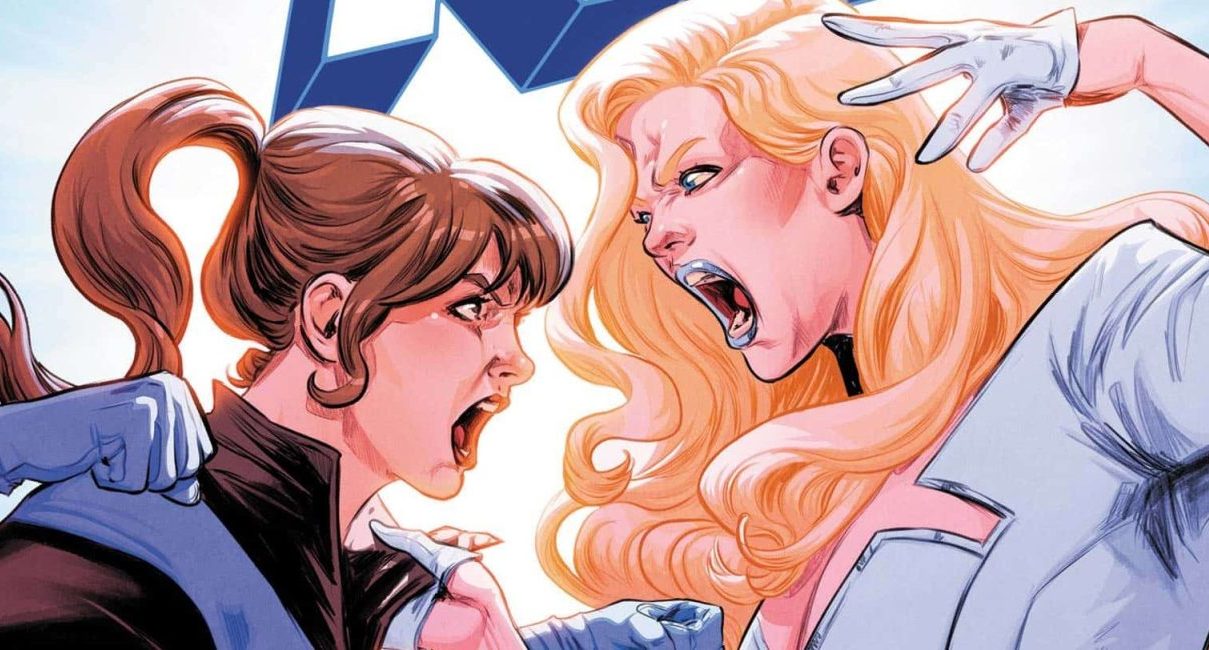
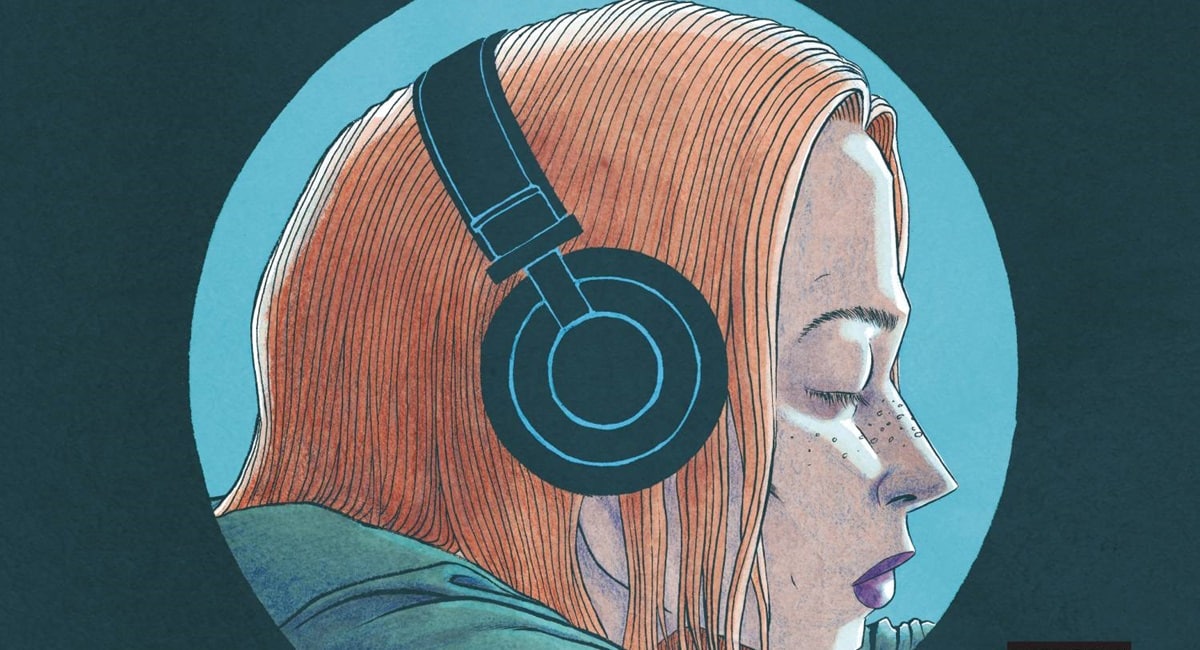
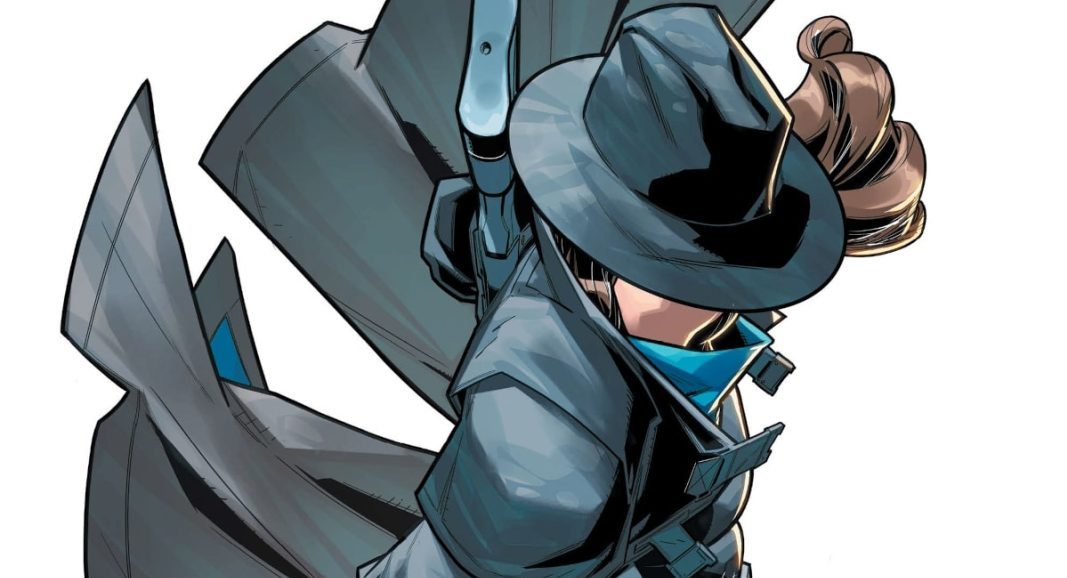
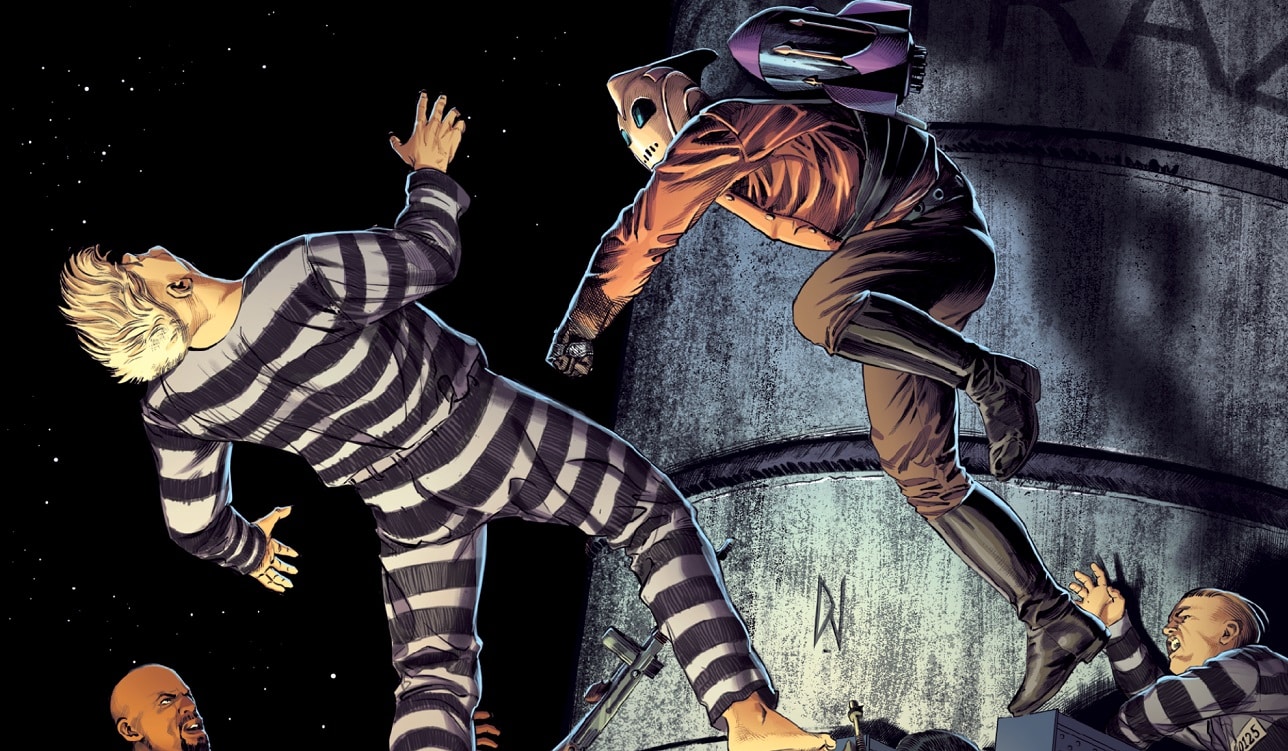












 English (US) ·
English (US) ·